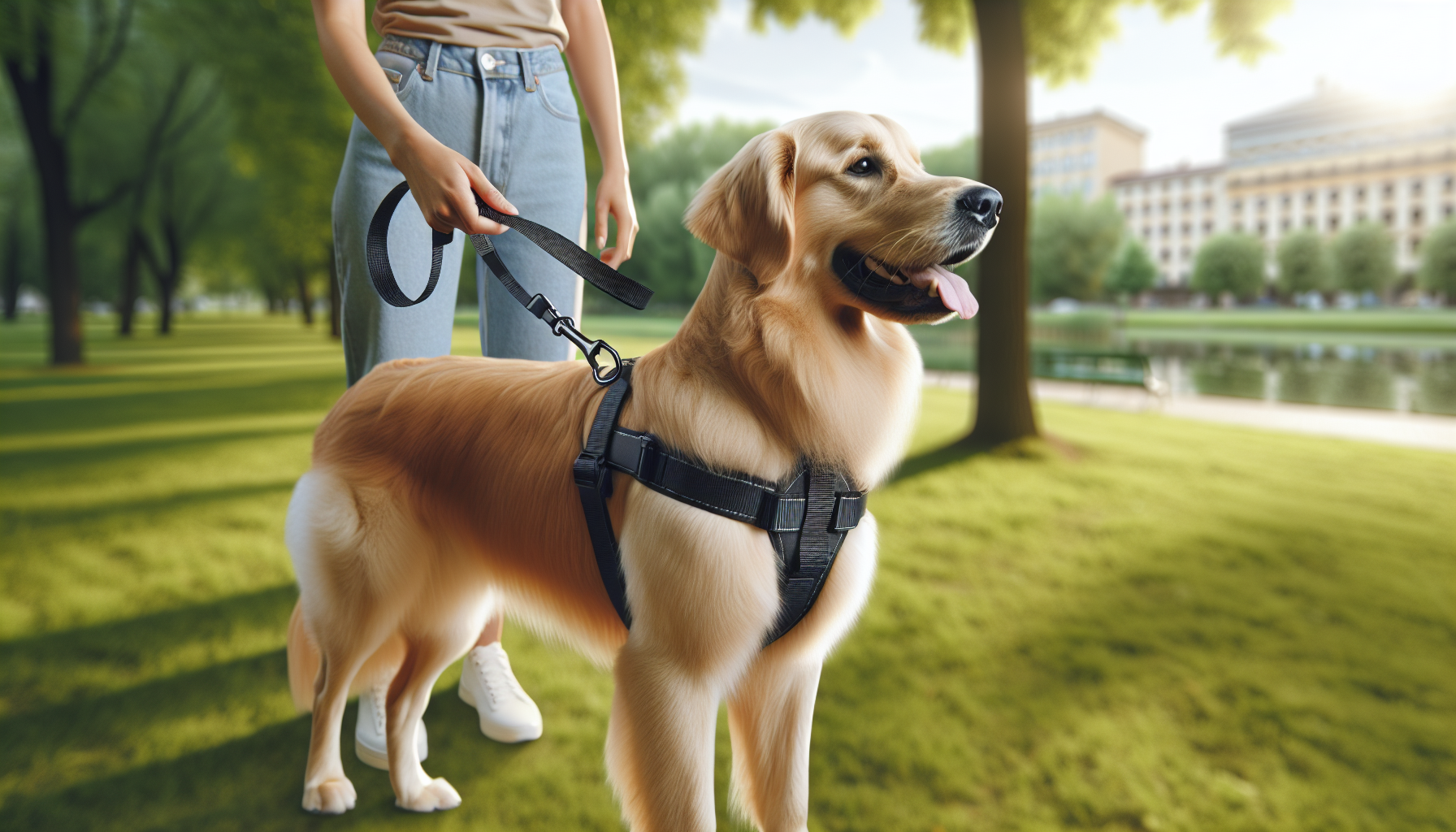When to Use a No Pull Harness on Your Dog
Walking your dog should be a pleasant experience for both you and your furry friend. However, if your dog tends to pull on the leash, it can turn into a frustrating ordeal. This is where a no pull harness comes into play. In this post, we’ll explore when and why you should consider using a no pull harness, along with tips on how to choose the right one for your pup.
Understanding the No Pull Harness
A no pull harness is designed to discourage pulling behavior in dogs. Unlike traditional collars, which can cause strain on the dog's neck and throat, a no pull harness distributes pressure across the dog's chest and back, making it a safer and more comfortable option.
When to Use a No Pull Harness
There are several situations when using a no pull harness is highly beneficial:
1. For Training Purposes
If you’re in the process of training your dog to walk nicely on a leash, a no pull harness can be a great tool. It helps to gently guide your dog back to your side when they start to pull, making it easier for them to learn the desired behavior.
2. For Strong Pullers
If you have a strong or large dog that tends to pull, a no pull harness offers better control. This type of harness is especially useful during walks in crowded areas or around distractions, as it allows you to maintain control without causing injury to your dog.
3. For Dogs with Neck Issues
For dogs that have existing neck or throat issues, a no pull harness is a safer alternative to a traditional collar. It eliminates the risk of exacerbating any underlying problems while providing a comfortable walking experience.
4. During Exciting Situations
Dogs can get overly excited during walks, especially if they see other animals or people. A no pull harness can help to manage this excitement, keeping your dog calm and focused on you, rather than on the distractions around them.
Choosing the Right No Pull Harness
Not all no pull harnesses are created equal. Here are some factors to consider when selecting the right harness for your dog:
1. Size and Fit
Ensure that the harness fits your dog properly. A harness that is too loose can slip off, while one that is too tight can cause discomfort. Always measure your dog’s girth and follow the manufacturer’s sizing guide.
2. Material
Look for a harness made from durable materials that can withstand wear and tear. Padding in the chest and back areas can also enhance comfort, especially for long walks.
3. Adjustability
Choose a harness that has adjustable straps. This feature allows you to customize the fit for your dog and can accommodate changes in weight or coat thickness due to seasonal shedding.
4. Front vs. Back Clip
No pull harnesses come with front clips, back clips, or both. A front clip harness helps to redirect pulling behavior more effectively, while a back clip harness can be more comfortable for everyday walks. Consider your dog’s behavior and your training goals when selecting the clip type.

How to Introduce the Harness to Your Dog
Transitioning to a no pull harness should be done gradually. Here’s how to introduce it:
- Familiarization: Let your dog sniff and explore the harness before putting it on. This helps them associate it with positive experiences.
- Short Sessions: Start by putting the harness on your dog for short periods at home. Reward them with treats and praise to create a positive association.
- Practice Walking Indoors: Once your dog is comfortable wearing the harness, practice walking them indoors on a leash.
- Outdoor Adventures: Gradually transition to outdoor walks, starting in low-distraction environments.
Final Thoughts
A no pull harness can significantly enhance your walking experience with your dog. By understanding when to use it and how to choose the right one, you can help your dog learn to walk nicely on a leash while ensuring their comfort and safety. Remember, patience and positive reinforcement are key to successful leash training!